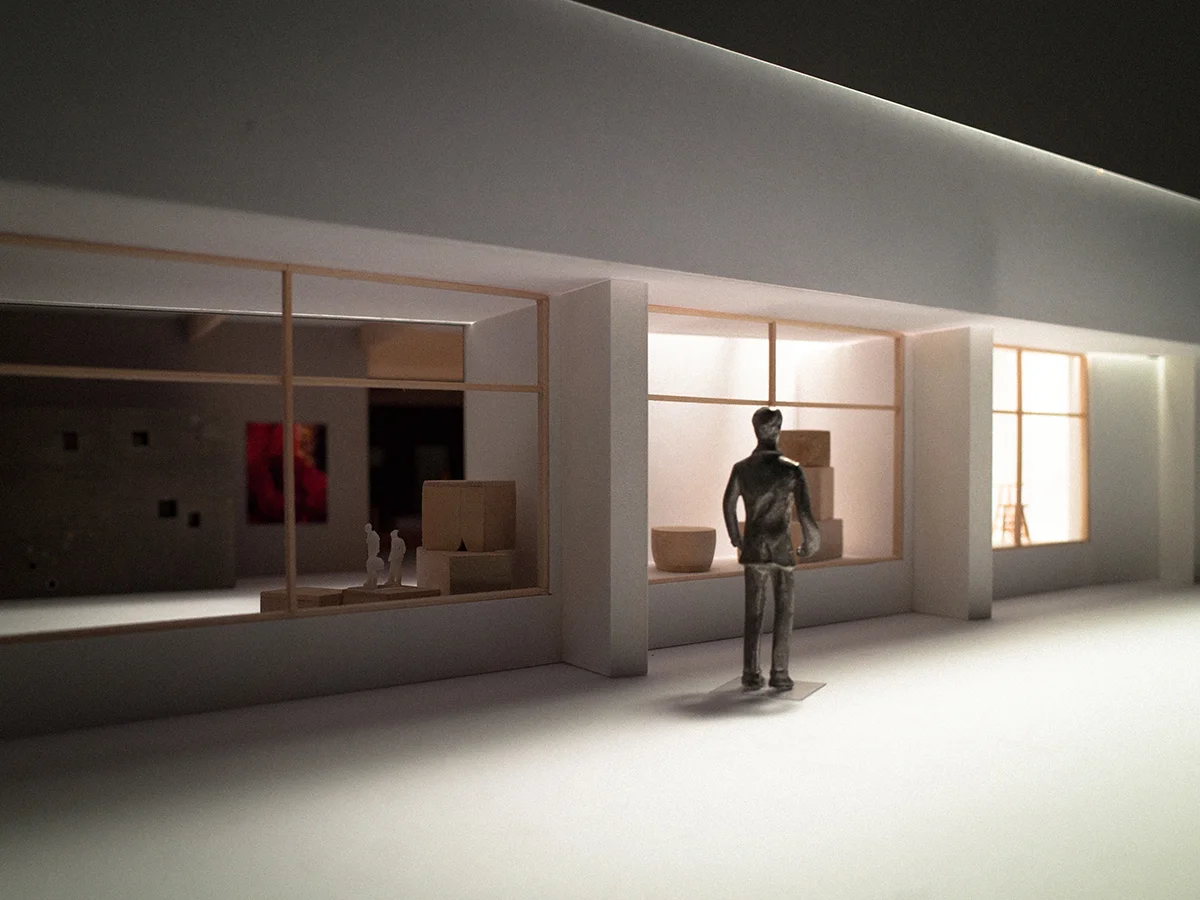My best friend often recounts his days as a boy with tales of model building — the recollection of sitting at a table with minuscule pieces of plastic and metal that would slowly become a car, an airplane or a train. And glue. Lots of glue. Lots of toxic model glue in a ventless room accompanied by a Fluffernutter sandwich on Wonderbread and a 2-liter of Shasta creme soda.
His stories remind me of many a day spent in my room hovering over a shoebox full of treasures and trinkets that would decorate the 6-room dollhouse my father had built, listening to The Carpenters and belting out Top of The World or We've Only Just Begun as boldly as any eight-year-old in a plaid leisure suit and floral blouse could.
While our taste in music, clothing and food has evolved, we have both taken our childhood passions into our professional lives. Armed with 3-D printers, CNC machines, modeling software and a shop full of tools, we create our prototypes and final products — my BFF making titanium watches out of parts so small they have to viewed via loupe, while I design, build and furnish homes and commercial spaces. Though much of what we produce today is eventually modeled by computer, cut by lasers and stamped by machine, it begins with an idea, a pencil sketch, or a cardboard and paper model. And glue. Lots of boring, environmentally friendly, nontoxic glue.
Being that most clients cannot read blueprints or truly grasp a finalized space by looking at 2-D images, models are an important part of the design phase. Basically an adult dollhouse, the model is a a tactile discussion tool that allows us to shape shift by hand in realtime, allowing the client to see the many possibilities within a space. Below are the 1/2" scale model images created by John Winston Studio for one portion of my current commercial project in Culver City.












